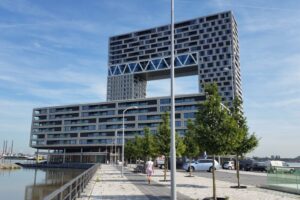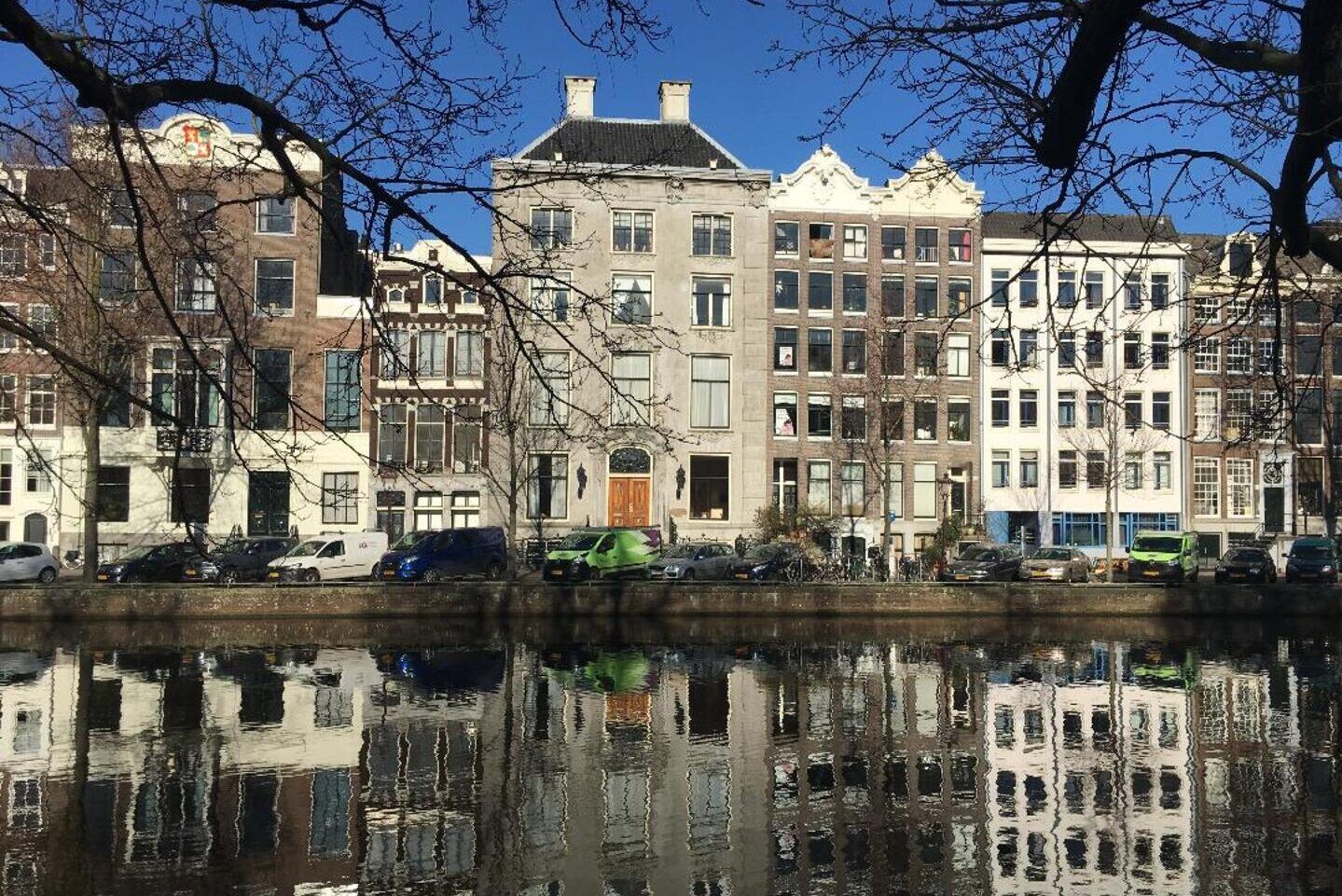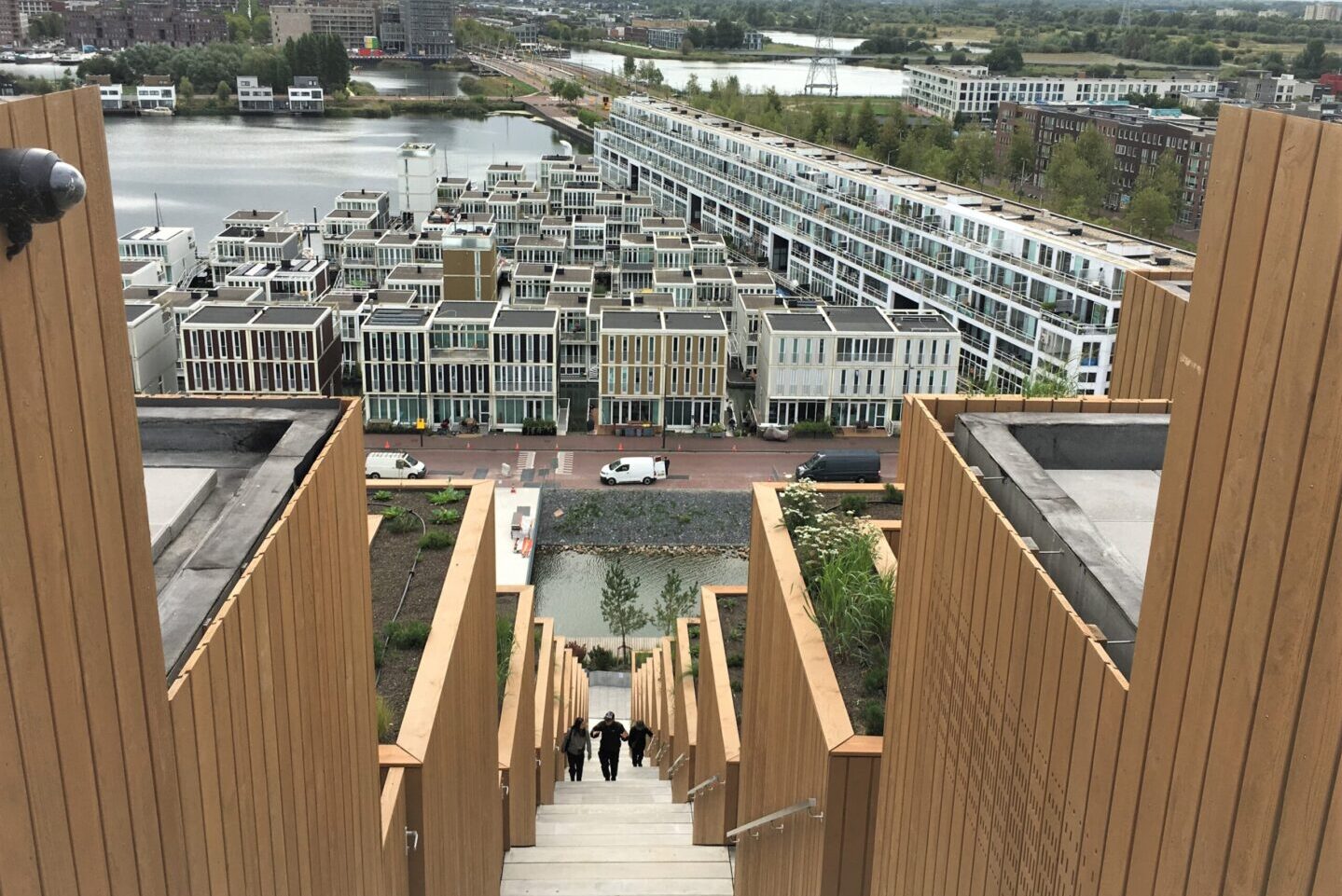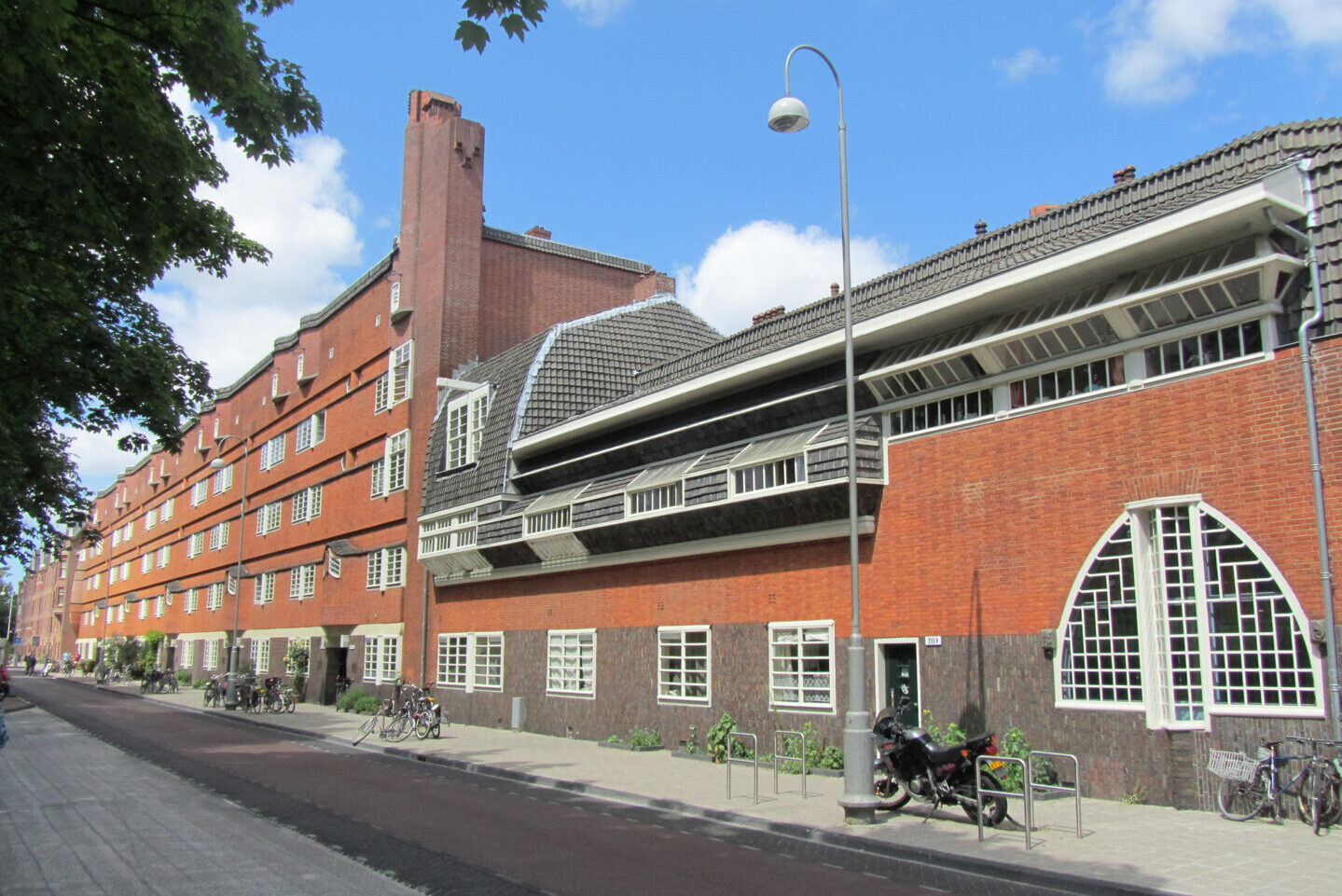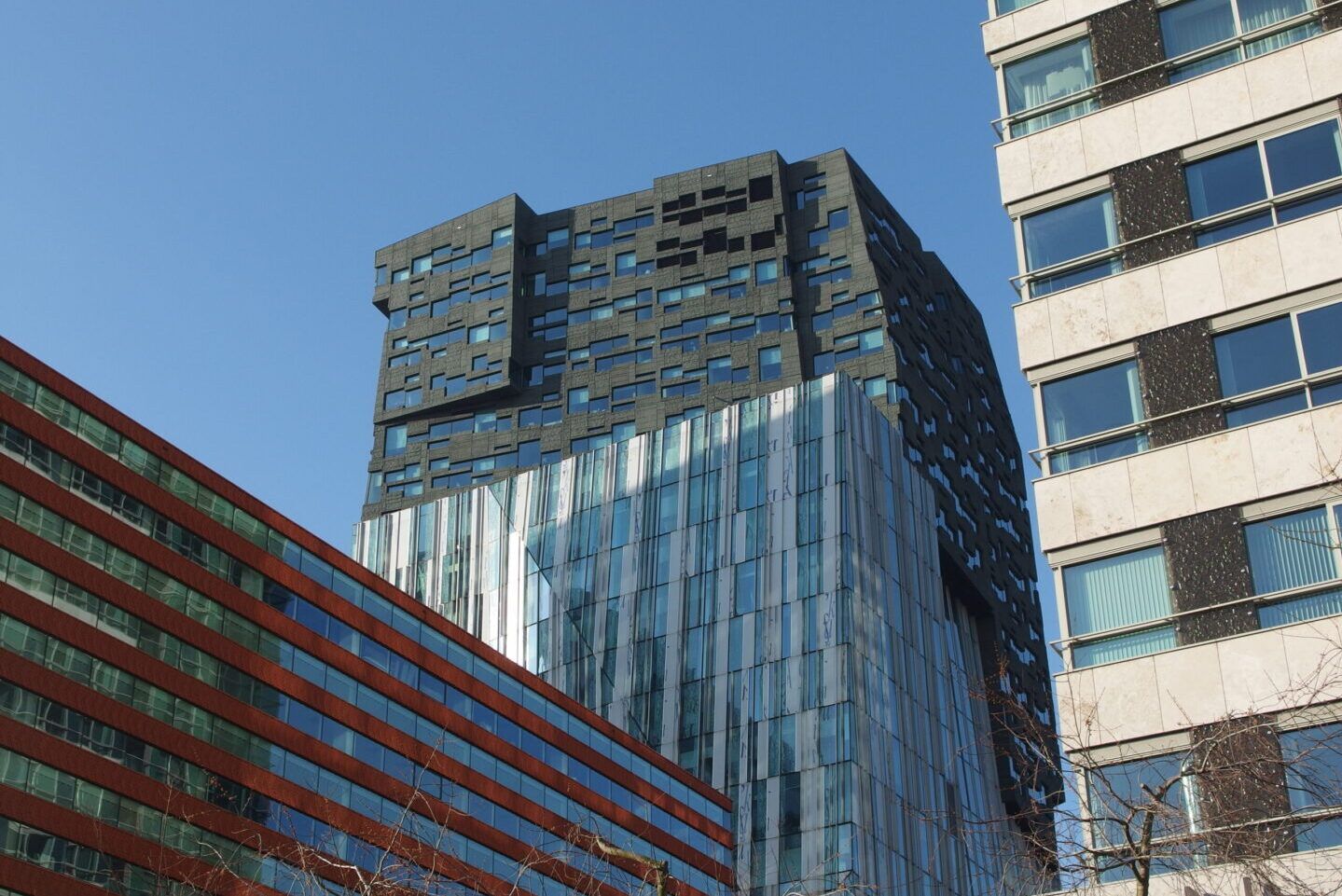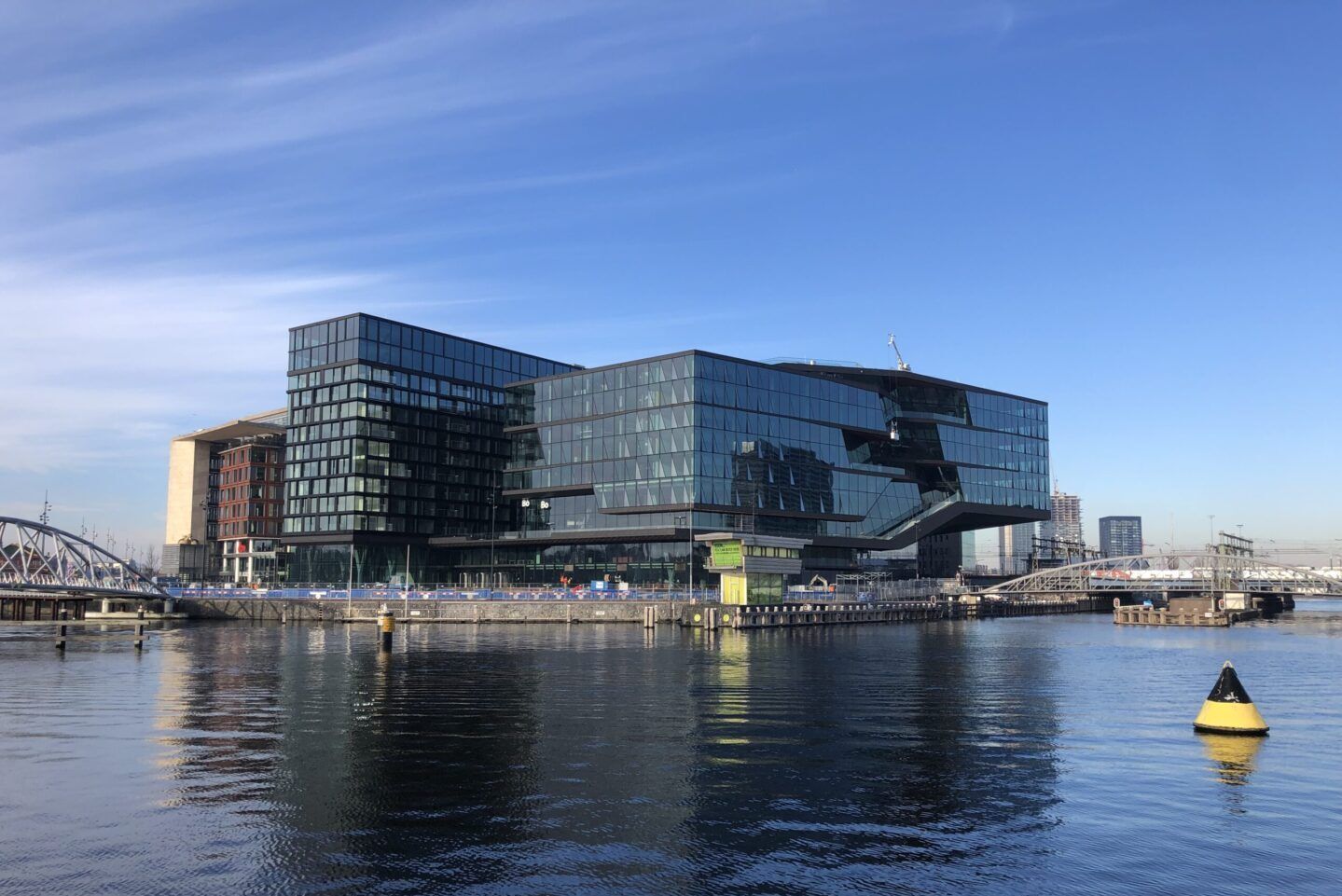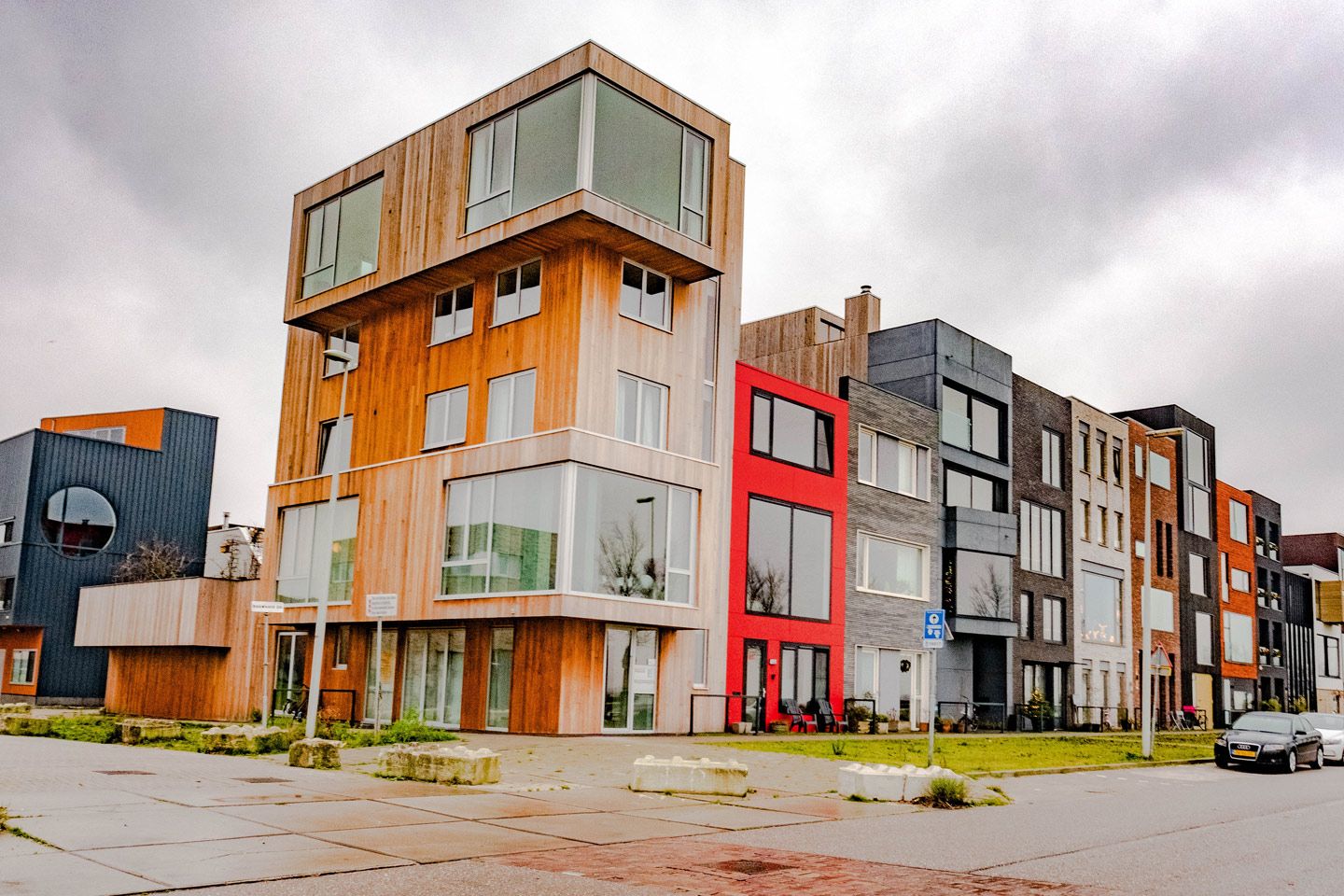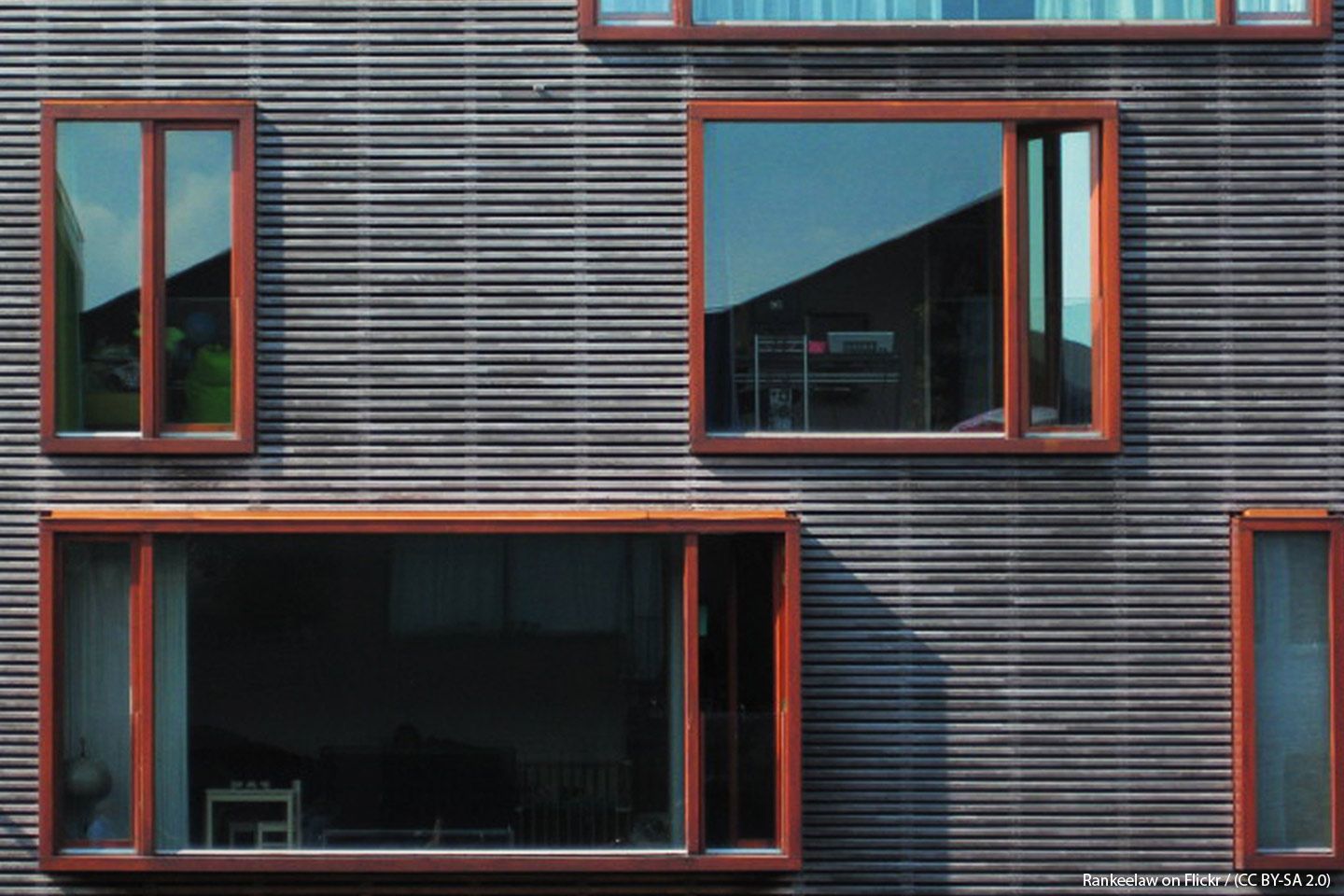Project Description
AMSTERDAM – MANHATTAN AT THE IJ
Languages available: NL ENG
Customizable tour: Yes
Recommended group size per guide: 25
Duration: 4 hours
DESCRIPTION – Amsterdam: Manhattan at the IJ
In this architecture bike tour in Amsterdam we’ll explore along the transformed banks of the IJ river, the new centre of Amsterdam. What was once a complete uninteresting and neglected area because of industries and harbour reversed completely. The harbour moved to the west and the ship building left to Asia. The Central Station, standing with its back to the IJ-water, turned its face to the water. Due to the making of the North-South metro line and remarkable construction and transformation projects on both banks, the IJ has become a sparkling lake in the middle of Amsterdam.
Everything that is up to date in the field of modern architecture and urbanism can be found in this area: like iconic public buildings as Eye Filmmuseum (Delugan Meissl Associated Architects, 2012) and Pontsteigergebouw/ Pont jetty (Arons en Gelauff Architecten, 2019) and circular architecture in Buiksloterham. A self building street with a greenhouse to live in, a self- sufficient village of floating houses and wooden houses are some of the ingredients. The superloft concept of Mark Kohler is realised here. Transformed industrial heritage is to be found in the Silodam and the NDSM shipyard. In a huge 1921 ship building hall surrounded by big slopes we can find an artists village. Around the restructured Central Station recently two underground bike parkings opened, one of them under water. Together they can store up to 11.000 bikes. Other project names on the route are IJdock (Zeinstra van Gelderen Architecten, 2013), Houthavens and Overhoeks.
This architecture tour focuses on the central IJ-area. The reshaping of this area followed the reconstruction of the Eastern Docklands in the 1990’s. Other projects in the east can be added to the itinerary; for example the Hotel Jakarta (SeARCH, 2018), made of bamboo wood and with a tropical garden inside, or the Hamerstraatkwartier, a former industrial area being transformed into a neighborhood with approximately 6,500 homes and plenty of space for working.




